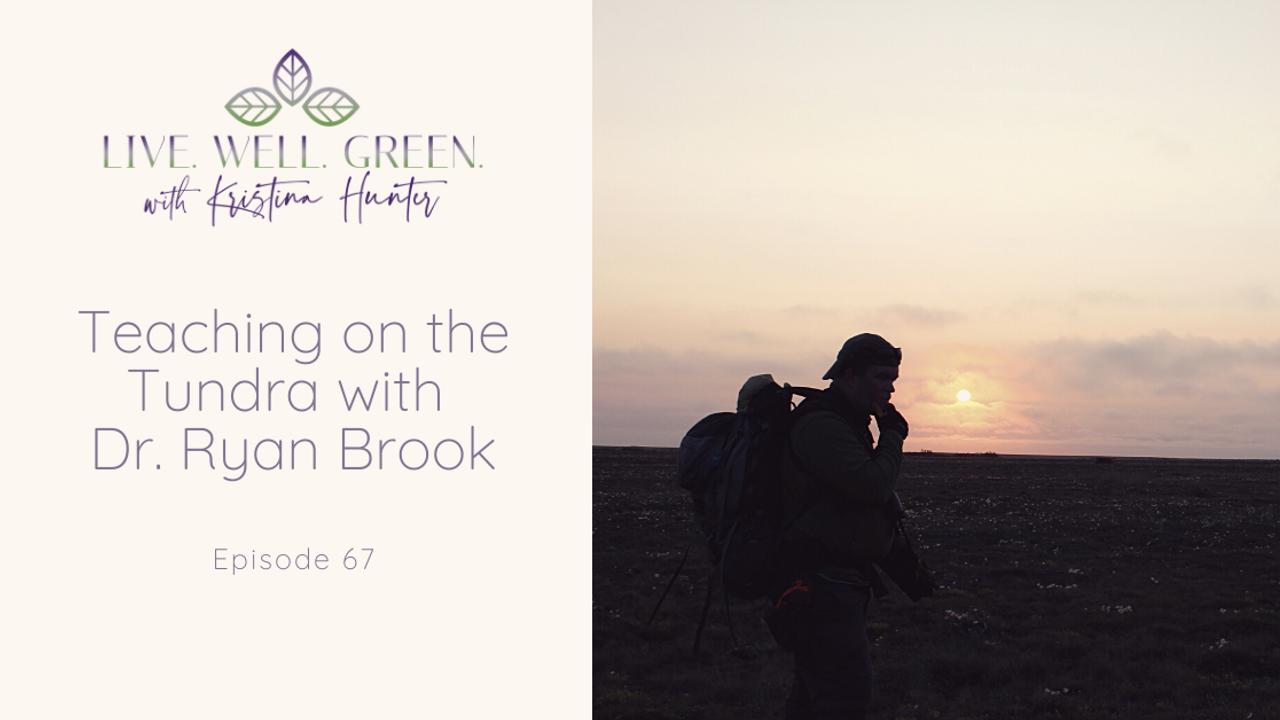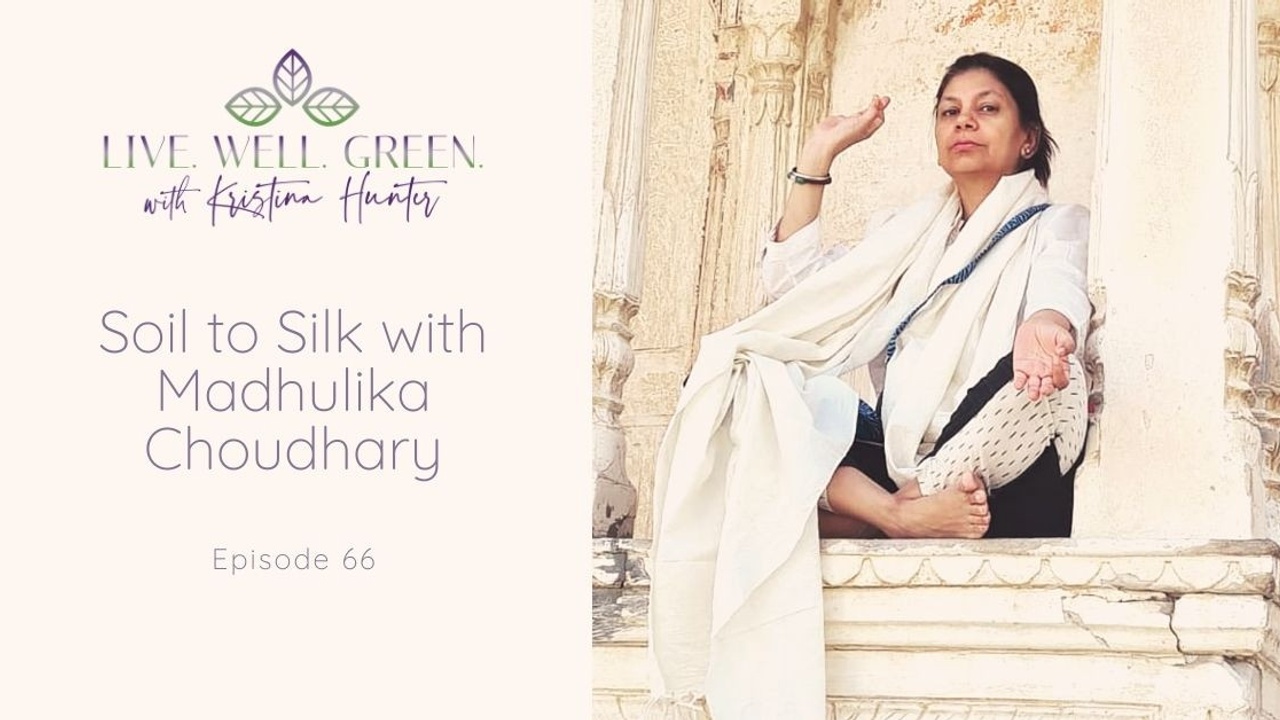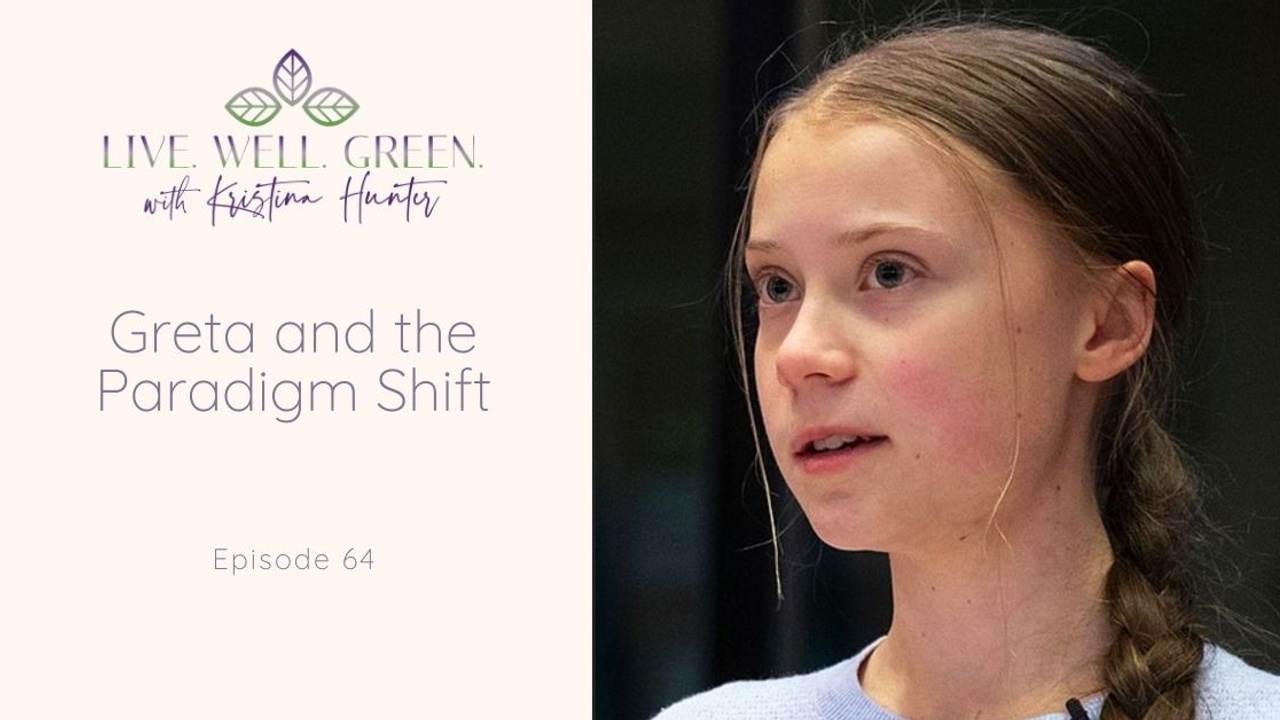Sustainable wellbeing and green living
Let's find ways to Flourish!
4 Ways to Make Industrial Decarbonization a Reality

Yes – individual actions are very important when it comes to reducing our environmental impact and ensuring the sustainability of our planet and its ecosystems. However, we also need to think big picture in order to make the necessary transition to a greener way of living. Not only is it beneficial for individuals and businesses to go green, but for entire industries as well!
Did you know that emissions from the industrial sector comprise one-third of all global emissions? It is no secret that our economies rely heavily on the industrial sector. A wide variety of industries are responsible for producing the items we rely on in our everyday life. For example, items such as cellphones, homes, city structures, consumer goods, as well as many more, are made up of materials that are produced by the industrial goods sector.

This reliance on and prevalence of the industrial sector is why we need to find greener solutions! If we’re unable to do away with activities that negatively impact t...
Generate electricity one step at a time with Piezoelectricity

As the world’s demand for energy continues to increase, we know how important it is to develop and utilize alternative and sustainable methods of energy production. You may already be quite familiar with green energy sources or alternative energies such as hydroelectric power, wind power, biomass energy, or solar power, but did you know that there are many more opportunities for electricity generation?
In fact, something as simple as walking can generate electricity! According to the first law of thermodynamics, the Law of Conservation of Energy, energy can be neither created or destroyed; energy can only be transferred or changed from one form to another. Therefore, the mechanical energy that is produced with each of our footsteps can actually be harvested and converted to electricity! Pretty incredible right?
How is this possible?
The energy produced by our footsteps can be converted to electricity through the piezoelectric effect. The piezoelectric effect is the ability of certai...
Teaching on the Tundra with Dr. Ryan Brook

"This course changed my life." That is what I heard repeatedly from students who returned from their 2 week experience on the tundra with my former classmate and now colleague, Dr. Ryan Brook. I was intrigued. I don't care how great a teacher you are, it is pretty rare to have students say that your course changed their lives.
But here were multiple students each year professing this same message to me after their tundra experience. And then, I got the phone call that would change my life, and my husband's life and make it so much richer - all while doing crazy amounts of work for long hours and virtually no pay.
And I loved it.

Dr. Ryan Brook, University of Saskatchewan, Associate Professor
Of course, that phone call was from my former classmate, Ryan Brook. Ryan was now teaching a version of the course that I took when he was the teaching assistant, called Wildlife and Ethnoecology in the Manitoba Coastal Region. What a mouthful that was, but it was a great course, ...
Why we need to celebrate our trees

Spring is one of those seasons where we become a bit more aware of the plants and trees around us. And, of course springtime marks the beginning of the growing season for deciduous trees. If you live in a middle-latitude region like I do, you’ll know how good of a feeling it is when trees begin to “wake up” and leaves begin to bud.
It is useful to take a moment to remember the benefits provided by trees. As with all plants that photosynthesize, they provide the one and only route that this planet has to capture the sun’s energy and turn it into chemical energy and biomass. Yeah, kinda important right!
But we may more often consider the benefit of trees as being able to remove Carbon Dioxide from the atmosphere and store it, or to stabilize soils from erosion. Or perhaps to provide habitat for countless other species, everything from mosses, to mushrooms, to birds, insects and orangutans!
In the urban environment we also reap plenty of benefits from trees as they shade our walking pa...
Soil to Silk with Madhulika Choudhary

I had the pleasure of chatting with Madhulika Choudhary who has become a slow silk producer in rural India after inheriting a plot of land from her father. She had fond memories of spending time in the village where her family is from, with its local pond full of fish and children playing.
But when she returned 20 years later, the pond was no longer thriving. Western agricultural practices had taken over, including the pressure to use chemical pesticides and fertilizers. These new advances left the producer with high input costs as they produce non-traditional crops, but it also meant the loss of fish and wildlife as chemicals ran off into the nearby waterway.

The mulberry crop to be fed to the worms is organically grown, Madhulika Choudhary.
Madhulika had plenty of experience working in underserved communities and knew a little about the textile industry, so she took the opportunity to bring a traditional practice of Sericulture, or silk farming to her family's historica...
Makerspaces: Where DIY meets education

Have you ever heard of a makerspace? You might be able to guess what a makerspace is based on its name…essentially, it’s a space where people can create and make things! More specifically, a makerspace is a collaborative space where people can gather to get creative with DIY or tech projects, and share ideas, tools and resources.
If you are someone who enjoys working with your hands and collaborating with others, a makerspace might just be what you are looking for! Makerspaces are quite unique, meaning that the projects and tools found within them can differ from space to space in order to meet the needs of the community. For example, some makerspaces include activities such as coding or robot building, while others focus on woodworking, inventing, and crafting.

Makerspaces can occur in a variety of places. For example, you might be able to find one at your local library, community centre, in elementary schools, or even within your own home!
How did makerspaces come to be?
Makers...
Turning waste into resources with community composting

You may be familiar with backyard composting, but what about options for institutions, schools, businesses and people who would like another alternative to backyard and vermicomposting? Community composting can be a great solution to these dilemmas and a way to extend the lifespan of your local landfill and reduce greenhouse gas emissions at the same time.
But first, let’s talk about why composting is a perennial favourite for taking personal action against climate change!
Why does everyone talk about the need to compost?
When food is thrown out in the garbage, and sent to the landfill, that organic waste is compacted in a sanitary landfill. This is done to save space in the landfill and to prevent animals from scavenging food there. However, this means that the food will break down without much oxygen - in other words, it will be anaerobically broken down.

When this happens, the decomposition of the food does not take the usual route of turning into carbon dioxide and other nutr...
The bliss of biophilia - indoors!

Why is it that plants, windows with views of greenspace, nature-depicting art pieces, and other natural elements brighten up our indoor environments? Given the choice, most people prefer to spend time in a room that contains these elements instead of a room that is closed off to the outside world. In fact, access to daylight and the outdoors is even a requirement of humane-treatment in some situations like incarceration.
We know that spending time outside is good for our psychological and physiological health. As seen with activities such as gardening, forest bathing, and simply spending time outdoors, nature has restorative properties that we can all benefit from!
So, is it possible that we can access these benefits from indoor environments as well? The answer is yes! Biophilic design is a design strategy that incorporates natural elements into the built environment in order to increase human wellbeing.
Biophilic design is based on the concept of “biophilia” which aims to explain ...



